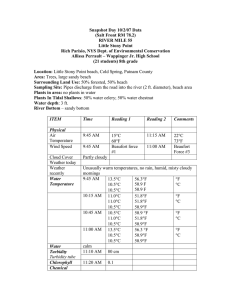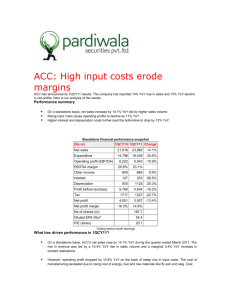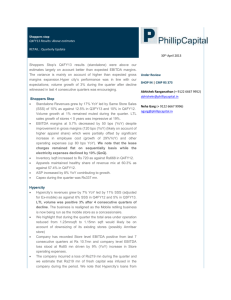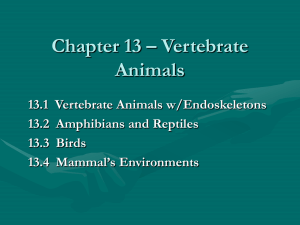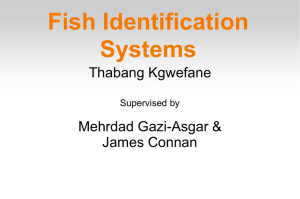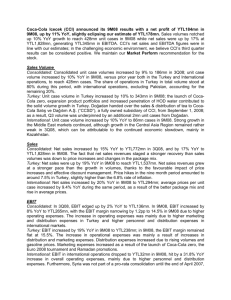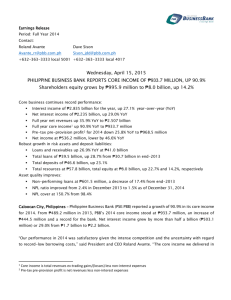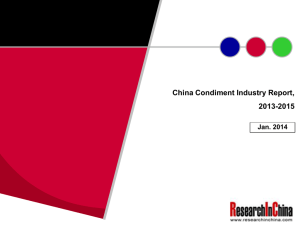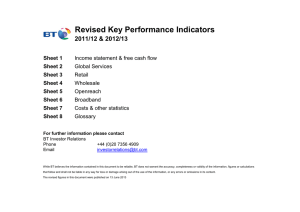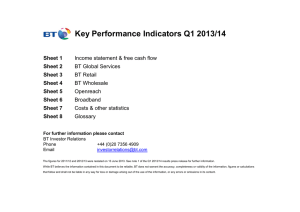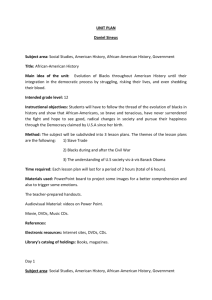fish
advertisement
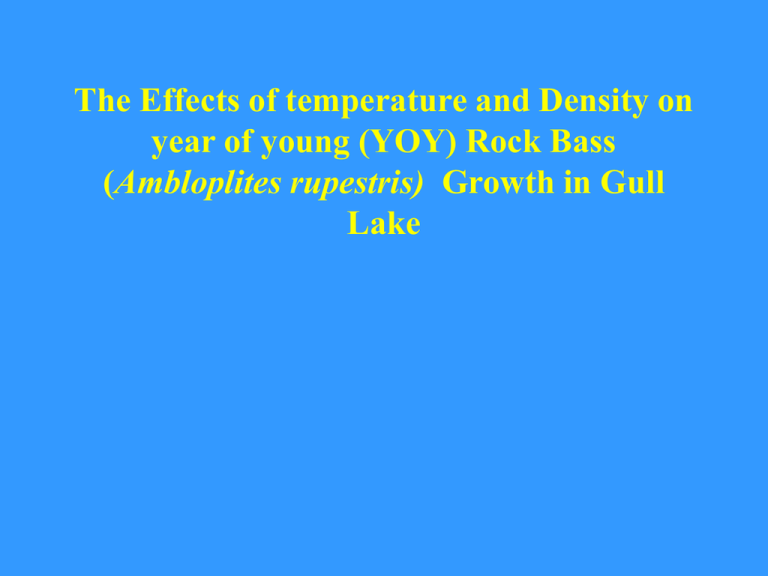
The Effects of temperature and Density on year of young (YOY) Rock Bass (Ambloplites rupestris) Growth in Gull Lake Biotic and abiotic Factors that affect fish growth and survival • • • • • Food availability population density other potential competitors predation pressure temperature Temperature • Temperature affects environment of YOY fish, which in turn affects growth rates, metabolism and ingestion • Therefore growth is dependant on temperature, for which there is an Optimum temperature for Growth (Kelly,99) • Optimum Temp is calculated 2-3 degrees below temp where intake of food and metabolism is greatest Density • Definition: estimated # of fish in population • if population is high, competition and search for food s more intense therefore limiting growth in YOY (Leslie,93) • fish growth is influenced by quantity of energy expended for activity • activity levels are expected to rise with increasing population (Holm,99) Temperature Dependant Model • Only above a given temp. will fish begin to gain mass and promote growth (Kelly,99) • therefore as temperature increases so should YOY growth • must find the YOY length for Rock bass using Peterson Method, due to high variability std deviations were calculated • max length cut off was 55mm Temperature Dependant Model • Daily temperatures must be converted to Growing Degree Days (mean daily tempbase temp), 12c air temperature was used for base temperature for rock bass Density Dependant Model • Use seine haul results to estimate catch per unit effort • catch per unit effort gives an estimation on density of a population (Bagenal, 78) • its expected that a negative relationship would be shown between density and average fish length or as density increased, fish length decreased Results • 1992,96,97 had lowest amount of Growing degree days, 2000 was 856.1 GDD’s • 41mm was found to be average YOY length over ten years, 2000 YOY length was 42mm • 1992,96,97 showed YOY lengths below average • 1992,96,97 also showed low density numbers Interpretation of Data • Problems with a high degree of variability within data and small sample set, try to increase sample size in future • 1992,96,97 years that had smaller YOY lengths and the fewest GDD’s this would support the positive correlation that with increased GDD’s we should see increase in fish length Interpretation of Data • McClendon and Rabeni found that temperature has a major impact on fish growth when its below the fishes preferendum • Minden never reached this temp of 25 c set by Carlander for rock bass, therefore temperature dependant growth was obeserved, substatiating the temperature Dependant Model Interpretation of Data • Density dependant model was rejected, because we should have observed a increase in fish length as density decreased • however 1992,96 and 97 showed low densities and the fish size decreased • seine hauls should be increased for larger sample sizes • perhaps openings in nets at to small for YOY
